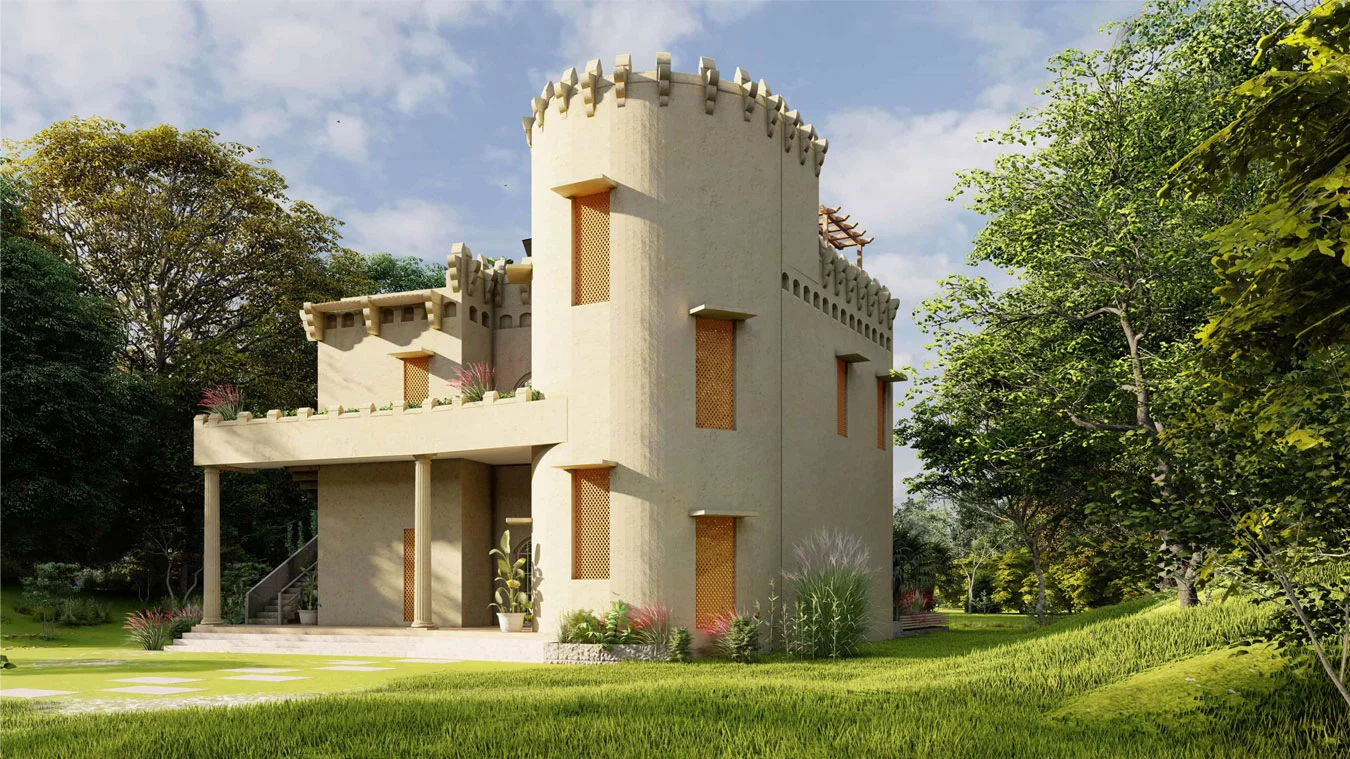How Economic Trends Can Shape Your Investment in Luxury Residential Projects?

Real Estate Investment | By: TRC | 24 Apr, 2024
The greatest truth about investing in luxury is that luxury has a limited edition. Past couple of years investments in luxury residential projects have gained momentum but there is no sign of coming down. With a limited no. of inventories and targeted to a limited high-end customer base, real estate investment has devised a new arena for elite investors. Moreover, the phenomenon is not confined to a few cities but also spreads its wings to various small cities that fall under the tier-2 and tier-3 categories. Various reports and data show a positive development and changing investment patterns among investors. However, it will be rather abstruse to name it merely a fab but various economic factors are acting as a positive catalyst to fuel the change. This blog post will help you to understand the scenario and reason why intelligent investors prefer to park their money in such projects:
Changing consumer behavior: The rising population of Gen-Z and their investment pattern has given enough mileage to such projects. There has been a 38% rise in Ultra-High-Net-Worth Individual (UHNWI) females, those with a net worth of US$30 million or more, recorded over the past decade. Their wealth creation mode has been shifted to investment in luxury residential properties and other such investments. Despite global slowdown and economic ups and downs, it is expected to produce globally wealthy individuals 28.1% higher than earlier, and the trend will continue till 2028. Knight Frank’s wealth report strongly advocates the major growth is driven by Asian continental especially India with 50% and mainland China with 47%, respectively.
The growth-driven property option:- According to the Mint newspaper information demand for luxury housing in India has witnessed 112% growth in the sector. The major growth is driven by Delhi-NCR, Mumbai-MMR, Hyderabad, and Banglore. Knight Frank’s 2023 report reveals that on average there has been a growth of 3.1% recorded in luxury residential project demand. Similarly, ANAROCK Research’s 2023 shows that a record sale of a total of 1,19,130 inventories of luxurious residential units from the top 7 cities accounts for 25% of properties worth more than ₹1.5 crore. Furthermore, the comparison of 2022 and 2023 data shows a 7% sales growth in luxury residential properties. On an average sale of 65,677 luxury residential projects took place in 2022, whereas approximately 1,19,130 luxury projects were sold in 2023, which shows a hype of 81% growth in yearly sales.
Riding the wave:- The main driving forces behind this trend are rapid urbanization, a rise in disposable income, and undoubtedly the changing expectations of investors in terms of return, amenities, growth rate, and high property appreciation. However, from a global perspective when most of the developed economies are facing the hard time of slow economic growth or the threat of war, investors are looking for investment options that not only safeguard their investment and growth-driven but turn out a safe place to harbor for good. Moreover, the rising number of affluent people worldwide also paves the way to invest in luxury that can also elevate their standards. According to Mordor Intelligence, the number of Indian HNI is expected to rise by 63% from 2020 to 2025 accounting for 1,02,000 HNI.
Smart home, the need of the hour:- According to the report, there will be 13 million smart homes in India in 2022 and it is expected to experience a growth of 12.84% by 2025. Indian luxury residential property market was estimated at USD 31.21 billion in 2023 which is expected to reach USD 38.02 billion in 2024 at a CAGR of 21.81% and by 2029 the market size is further expected to touch the threshold of USD 101.92 billion.
Conclusion:- Luxury residential projects are not a new name in the real estate sector. The term became more familiar and prominent since 2023, with increasing disposable income, changing investment patterns of new generation investors, and strong government and economic factors fueling the momentum of this growth. Most importantly, the growth-driven investment is not only propelled by the desire for wealth creation facility alone but also to showcase the style, standard, and setting of a class that differentiates them from the rest. Monetary policy, strong trust in economic reforms, and a stable government regime are also the key factors that make this sector and its projects worth investing in.






